Air pollution is a major concern affecting the lives of many people. Thus, air quality monitoring is becoming a necessity to check the rising level. Moreover, air quality monitoring provides much more accurate, efficient and accessible with advanced technology.
Monitoring the air we breathe is essential. Because breathing poor air quality can lead to extreme health conditions. Hence, monitoring the air quality can help in taking the right decision to save yourself from exposure. Let us know about the role of advanced technology in air quality monitoring!
What makes reliable data essential for air quality monitoring?
According to WHO (World Health Organization), poor air quality is causing the deaths of many people annually. It is a concerning issue that also causes extreme health issues. Air quality monitors with advanced technologies can help in combating air pollution together. As these offer accurate and reliable data. These data can use and interpreted by several organizations, industries, governments etc. for better decision making.
Reliable and accurate data makes the air quality monitoring more effective. These are supported by the advanced technologies used in the devices. Advanced sensor technology and connectivity help in data integration. With it, machine learning and IoT help in enhancing data reliability for fewer errors and better insights. Here know the role of technology in air quality monitoring!
What is the advanced technology for air quality monitoring?
With the latest innovations, air quality monitoring is also developing. It includes smart technologies that offer high reliability. The advanced technologies also offer better accessibility to accurate data. It is making air quality monitoring more easier for everyone to use. Check the advanced technologies included in the air quality monitoring:
1. Sensor technology
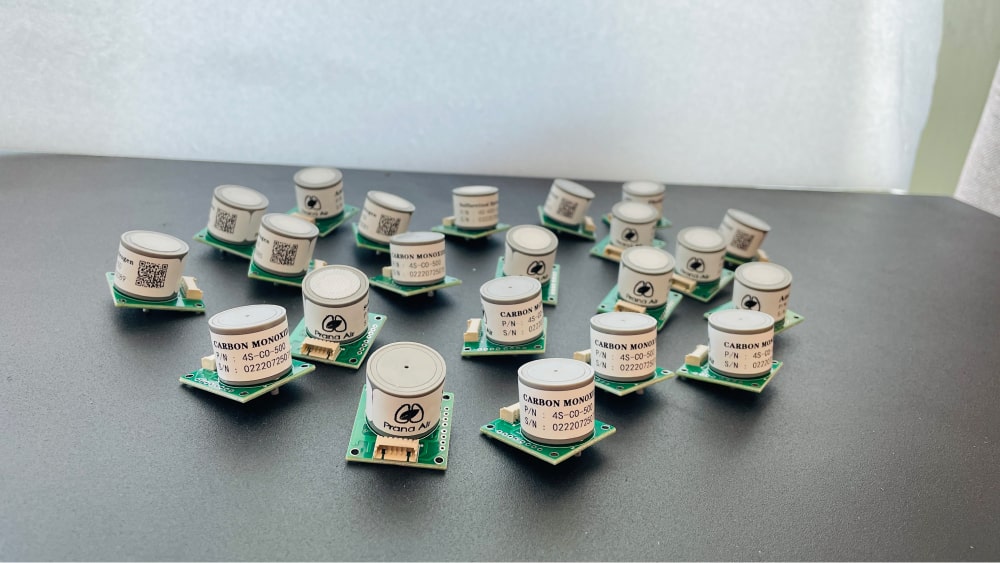
The advanced air quality monitors packed with smart sensor technologies. Monitors have different sensors for every pollutant. This advanced sensing technology can detect several pollutants present in the environment. It includes particulate matter (PM2.5 and PM10), carbon monoxide (CO), nitrogen dioxide (NO2), sulfur dioxide (SO2), and ozone (O3). These devices offer precise and real-time measurements.
2. WiFi/ GSM enabled:
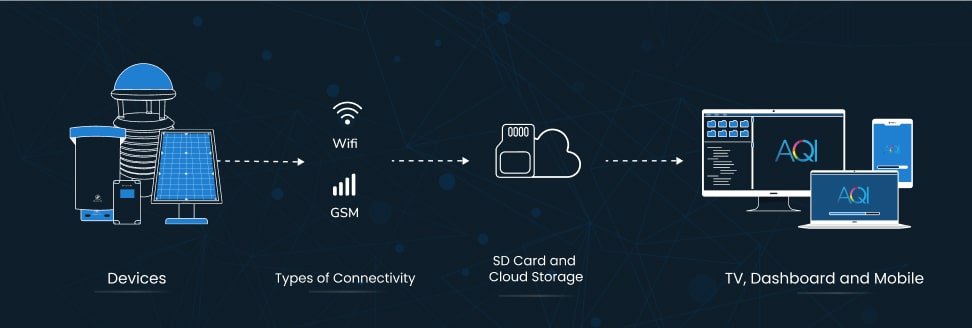
The latest air quality monitors are enabled with WiFi and GSM capabilities. It means you can connect your monitors to other devices. The cloud-based platform is used to transmit data easily from monitors. It provides remote data monitoring and analysis. You can get air quality data and information from anywhere and anytime with the latest alerts and updates.
3. Better capabilities in monitoring:
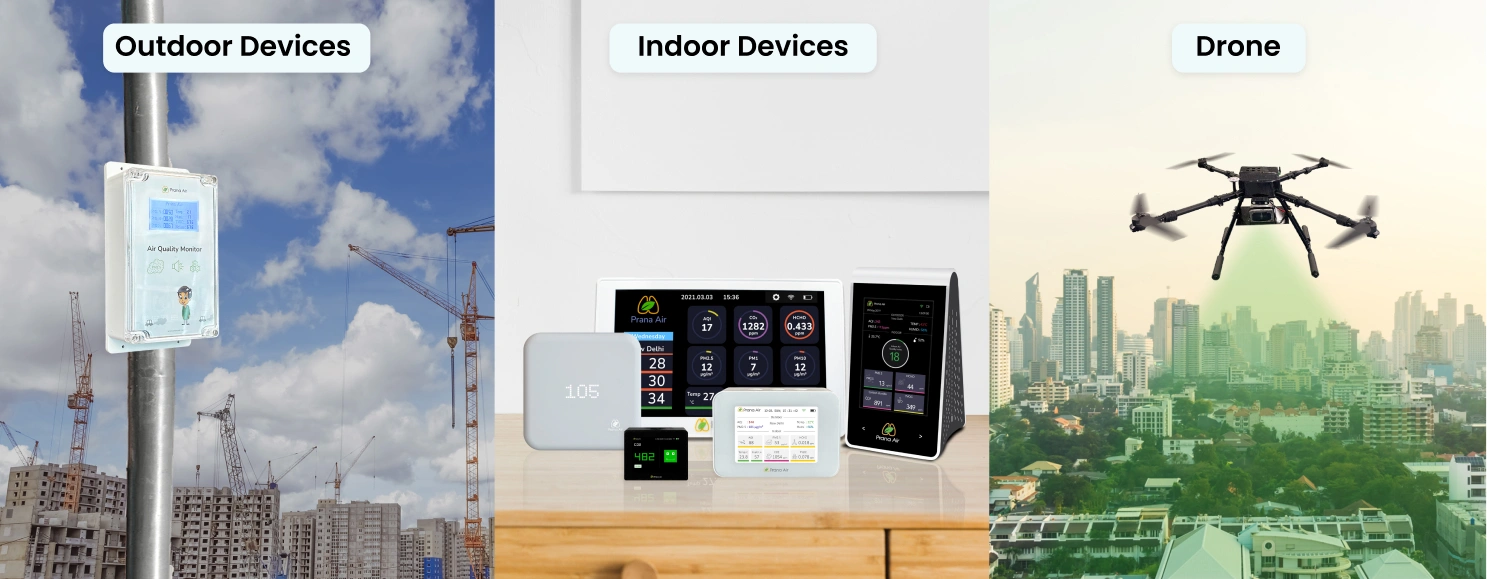
The advanced technology adds better capabilities in air quality monitoring. A variety of air quality monitoring options are available. These make pollution monitoring effective in outdoor and indoor settings. Recently, drones have been the new air quality monitors as these help in monitoring pollution on a large scale.
a.) Drones:
Drones are equipped with air quality sensors to monitor large areas and non-reachable places. These are much better at covering much area and with camera monitoring as well. The camera capability provides a real view of the hotspot.
b.) Outdoor Devices:
Outdoor monitors are capable of monitoring outdoor air with continuous monitoring. These are equipped with weatherproof housing to withstand every condition. Moreover, these can also add the weather station capabilities for the monitoring.
c.) Indoor Devices:
Indoor air quality monitors are designed to identify indoor pollutants. These are compact and add a charm to any indoor setting. You can use these smart devices in homes, offices and other settings. With it, every industry or area can get the best solution for air quality monitoring.
4. Dashboard
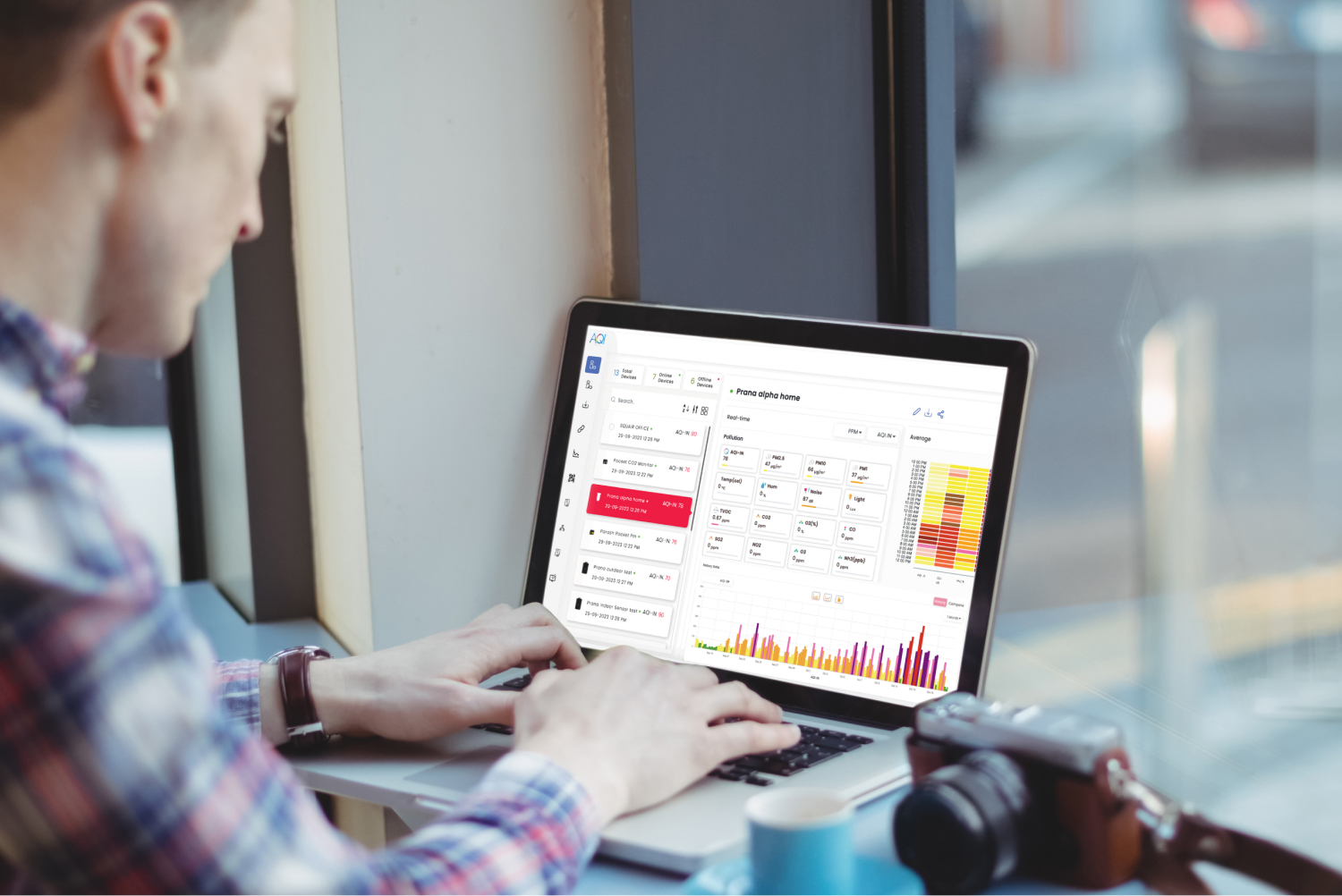
The dashboard connectivity with an advanced feature to access data with better visibility. It helps in visualizing the air quality data. Through it, anyone can understand the air quality or weather trends and patterns. The dashboard displays real-time, historical data and forecasted trends. With it, users can get customizable alerts on different pollution levels.
5. IoT devices
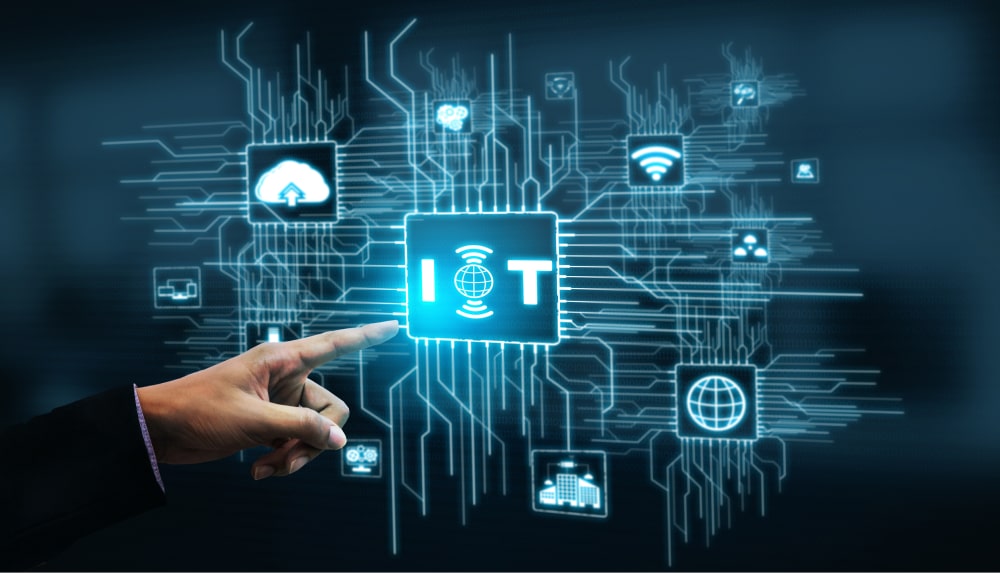
Internet of Things (IoT) devices technology helps in connecting multiple air quality monitors into a single network. This helps in installing several devices in any project or large area. Hence, the network offers comprehensive data from various locations. It offers better data sharing and enhances accuracy in air quality monitoring.
6. Machine learning applications:
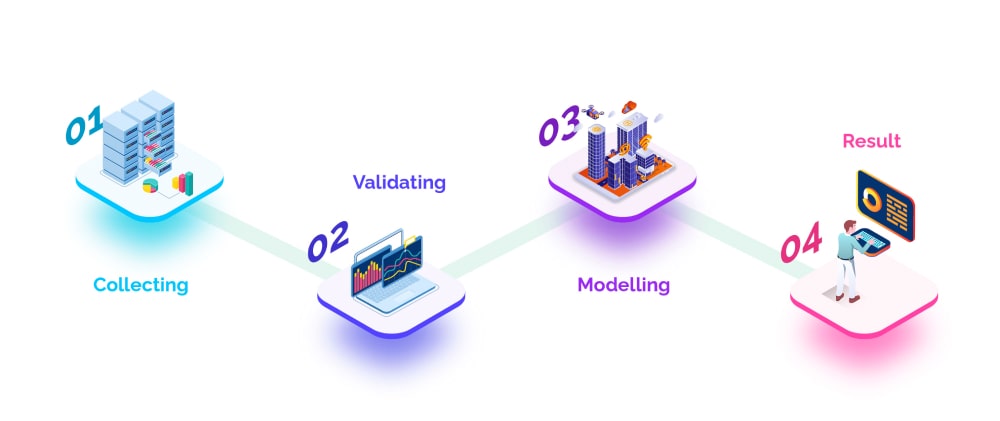
Advanced air quality monitors equipped with machine learning algorithms. This supports analyzing vast amounts of data. As these can easily identify patterns and pollution levels. The data can be analyzed and used to implement preventive measures on time. Besides, machine learning helps in improving the accuracy of air quality models.
7. Real-time data Network:
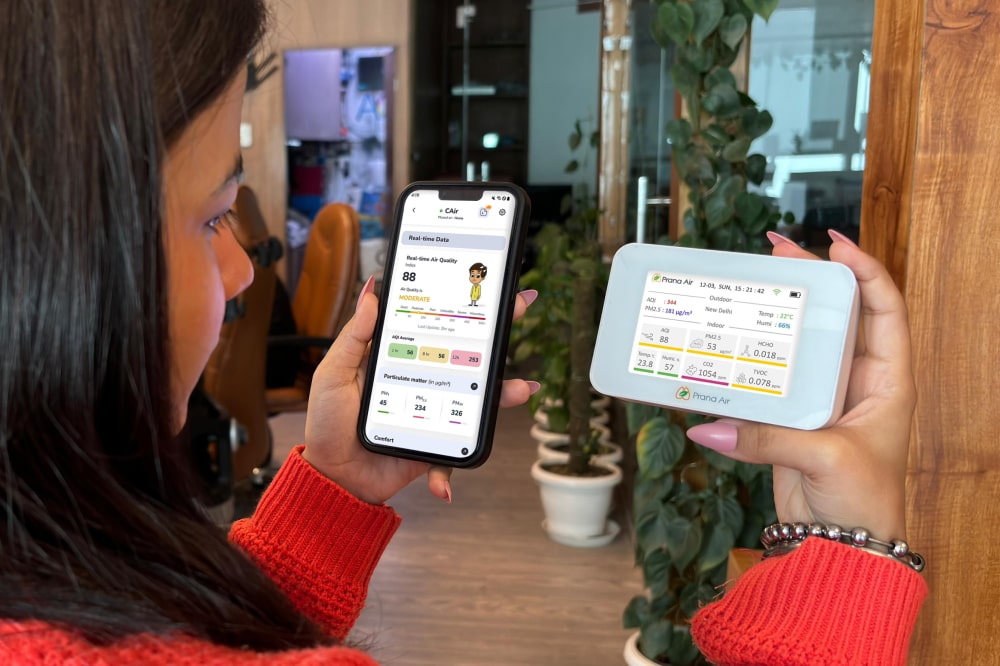
The advanced technology helps in forming the data network. And the real-time data network is essential for timely air quality information. Thus, immediate action can help before the high pollution level high. It supports in creation of effective strategies for air quality and ensures public safety. You can access the real-time reliable data through mobile app, TV app or from dashboard.
Conclusion:
In the end, the role of technology in air quality monitoring is essential. Advanced sensors, real-time data networks, and technologies are effective tools for air quality management. With it, air quality monitoring becomes more precise and accessible for a safer and healthier environment.)






